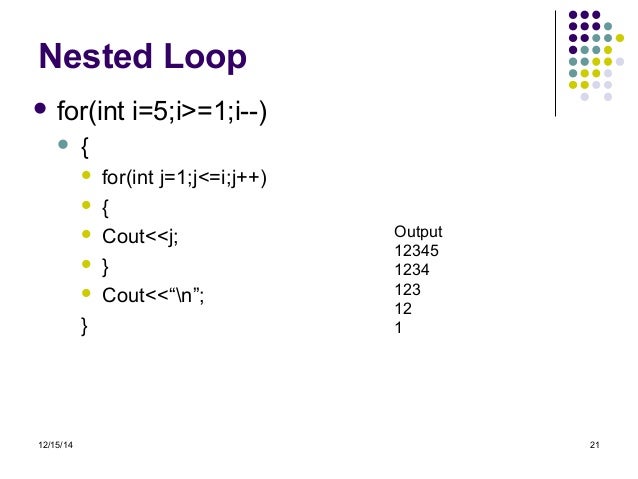

Notice that the directory name is included for any matching files that are not in the current directory. Let's change our FILE name to an asterisk (" *"), so that it matches any file or directory name, and not only HTML files: We can extend our search to subdirectories and any files they contain using the -r option, which tells grep to perform its search recursively. Notice that each line starts with the specific file where that match occurs. When the command is executed, the shell expands the asterisk to the name of any file it finds (in the current directory) which ends in ". Instead of specifying product-listing.html, we can use an asterisk (" *") and the. If we have multiple files to search, we can search them all using a wildcard in our FILE name. Searching multiple files using a wildcard Using the -i option, grep finds a match on line 23 as well. What if "our products" appears at the beginning of a sentence, or appears in all uppercase? We can specify the -i option to perform a case-insensitive match: Performing case-insensitive grep searches Our matching line is prefixed with " 18:" which tells us this corresponds to line 18 in our file. If we specify the -n option, grep will prefix each matching line with the line number: It will be even more useful if we know where the matching line appears in our file. Viewing line numbers of successful matches

If we use the -color option, our successful matches will be highlighted for us: For more information, see: Regular expression quick reference. Other characters have special meanings, however - some punctuation marks, for example. In the above example, all the characters we used (letters and a space) are interpreted literally in regular expressions, so only the exact phrase will be matched. The PATTERN is interpreted by grep as a regular expression.


 0 kommentar(er)
0 kommentar(er)
